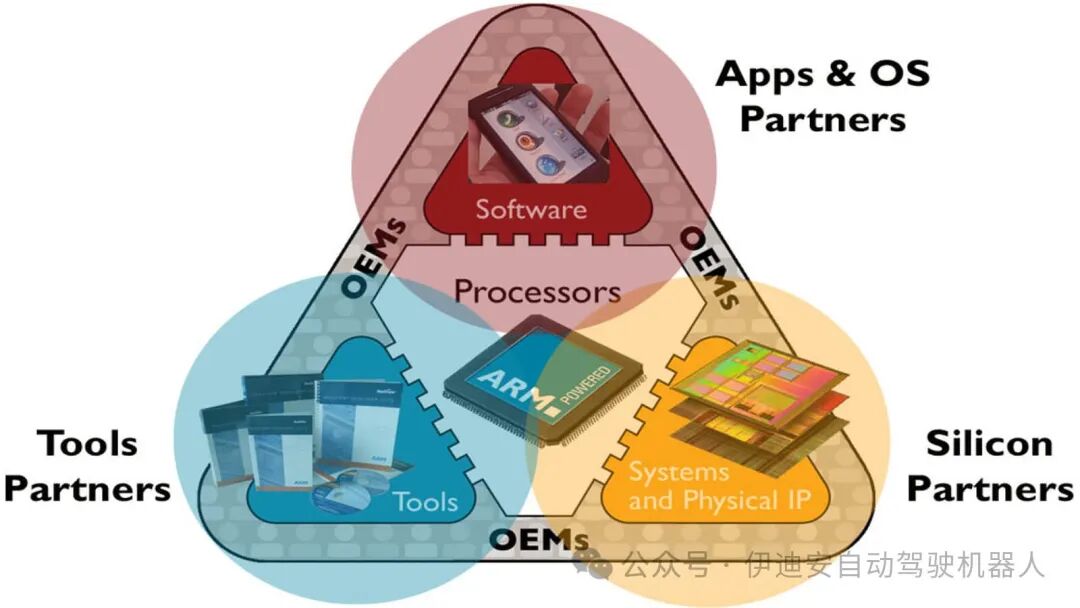Introduction: Why the Choice of RTOS Can Be a Game Changer

Choosing an RTOS (Real-Time Operating System) is one of the most strategic decisions in embedded product development. It determines how devices handle tasks, respond to events, and the reliability of cross-platform scalability. With the increasing diversity of connected devices (from low-power wearables to complex IoT gateways), the competition in the RTOS market in 2025 will be fiercer than ever.
Many domestic products are preparing for overseas technical planning, so we need to understand the common types of RTOS in the overseas market. In addition to the well-known RTT in China, this article provides a side-by-side comparison of FreeRTOS, Zephyr, ThreadX, and Mbed OS to help you determine the most suitable RTOS for your product goals.
In this article, we compare four popular RTOS platforms—FreeRTOS, Zephyr, ThreadX (Azure RTOS), and Mbed OS—to help you make the best choice based on your device requirements.

Why RTOS Selection is Important
RTOS provides predictable task scheduling and low-latency responses for embedded applications such as wearables, medical devices, and industrial automation. The wrong choice can lead to performance bottlenecks, portability issues, or licensing conflicts.
Key evaluation criteria include:
-
Real-time performance
-
Licensing model
-
Community and commercial support
-
Compatibility with ecosystems
-
Memory footprint and scalability
| RTOS Features | FreeRTOS | Zephyr | ThreadX | Mbed OS |
| Licensing | MIT | Apache 2.0 | Proprietary/MIT | Apache 2.0 |
| Vendor | AWS | Linux Foundation | Microsoft | ARM |
| Real-time Capability | Supported | Supported | Supported | Limited |
| SMP Support | Supported | Supported | Supported | Not Supported |
| Memory Footprint | Very Low | Low | Medium | High |
| Device Support | Very Good | Over 600 development boards | Medium | Limited |
| Community | Large | Rapidly Growing | Medium | Not Active Enough |
| Commercial Support | Partners | Vendors (e.g., Iditer) | Microsoft | Deprecated, shifted to CMSIS |
Detailed Overview
FreeRTOS
FreeRTOS is one of the most widely used RTOS globally, known for its simplicity and small footprint. It is developed by Real Time Engineers Ltd. and maintained by AWS, licensed under MIT, and is free for commercial use.
-
Best suited for: Simple applications based on microcontrollers with limited resources.
-
Notable users: STMicroelectronics, Espressif (ESP32), Microchip.
-
Main advantages: Low memory footprint, extensive documentation, and cloud integration via Amazon FreeRTOS.
Zephyr RTOS
Zephyr is a scalable open-source RTOS managed by the Linux Foundation. It supports multiple architectures, including ARM, x86, RISC-V, and ARC.
-
Best suited for: IoT devices requiring advanced networking, modularity, and security.
-
Notable users: Intel, Nordic Semiconductor, NXP.
-
Main advantages: Built-in device drivers, Bluetooth stack, and security features like trusted execution.
ThreadX (Azure RTOS)
ThreadX has now become part of the Microsoft Azure RTOS suite, known for its deterministic performance and reliable commercial-grade features. It has a permissive license and offers optional commercial support.
-
Best suited for: Medical, consumer electronics, and devices requiring Microsoft Azure integration.
-
Notable users: NASA (Orion spacecraft), HP.
-
Main advantages: Low latency, priority inheritance, and tracing analysis tools.
Mbed OS
Mbed OS is developed by Arm to support Cortex-M devices and IoT applications. While it is popular in academia and prototyping, its active development is slowing down, shifting towards CMSIS and direct RTOS usage.
-
Best suited for: Educational or early IoT projects.
-
Notable users: Arm-based academic labs and startups.
-
Main advantages: Cloud connectivity, TLS stack, and out-of-the-box support for Arm development boards.
Future Trends in RTOS Development
-
Security-first RTOS: Greater emphasis on secure boot, runtime protection, and OTA updates.
-
AI/ML integration: RTOS is evolving to support lightweight ML inference at the edge.
-
Cloud-native RTOS stacks: More vendors are integrating RTOS with cloud services (e.g., AWS, Azure).
-
RISC-V support: Zephyr and FreeRTOS are rapidly expanding support for RISC-V.
Expert Insights
“Today, choosing an RTOS involves not only considering real-time guarantees or memory footprint but also how well the RTOS integrates with your toolchain, cloud services, and long-term support strategy. For safety-critical environments, ThreadX and QNX often stand out due to their certification support. For startups or agile development, Zephyr offers the fastest onboarding speed with its open ecosystem. While FreeRTOS is simple, it remains unparalleled in terms of usability and community adoption.” Comment from Dr. Lena Weiss, Senior Embedded Systems Architect at EmbeddedNext, who has over 15 years of experience in medical, automotive, and IoT applications.
Dr. Weiss emphasized the importance of the following points:
-
Aligning the RTOS with your product lifecycle—especially when regulatory certification is required.
-
Avoiding vendor lock-in by evaluating both open-source and proprietary ecosystems.
-
Conducting early performance testing using vendor SDKs and performance analysis tools before full integration.

Final Thoughts: Choosing the Right RTOS
The key to selecting the right RTOS lies in balancing technical requirements with long-term vision. FreeRTOS continues to dominate in simple and resource-constrained environments. Zephyr is evolving into a fully-featured, community-driven alternative with strong RISC-V and networking support. ThreadX offers maturity, commercial stability, and deterministic performance, especially in regulated fields. Mbed OS, while still used for education and prototyping, is losing momentum in production environments.
Use the project’s performance goals, certification requirements, and ecosystem integration as a checklist for RTOS evaluation. Remember—testing under actual workloads remains the best way to make an informed choice.